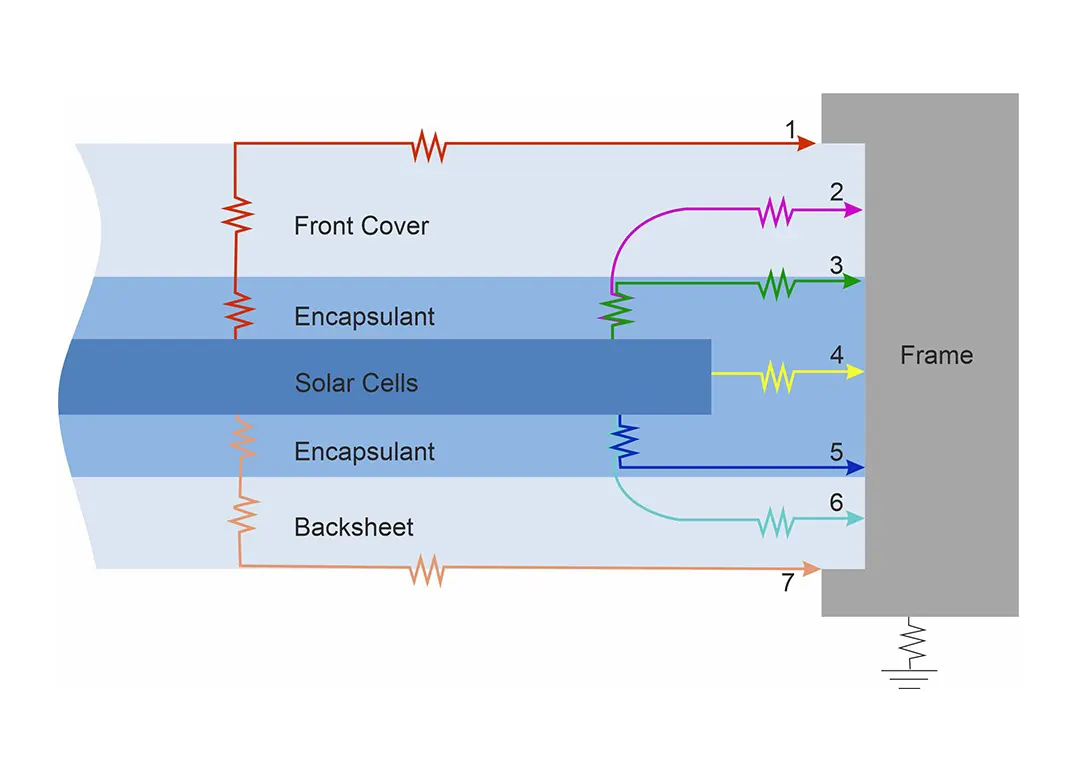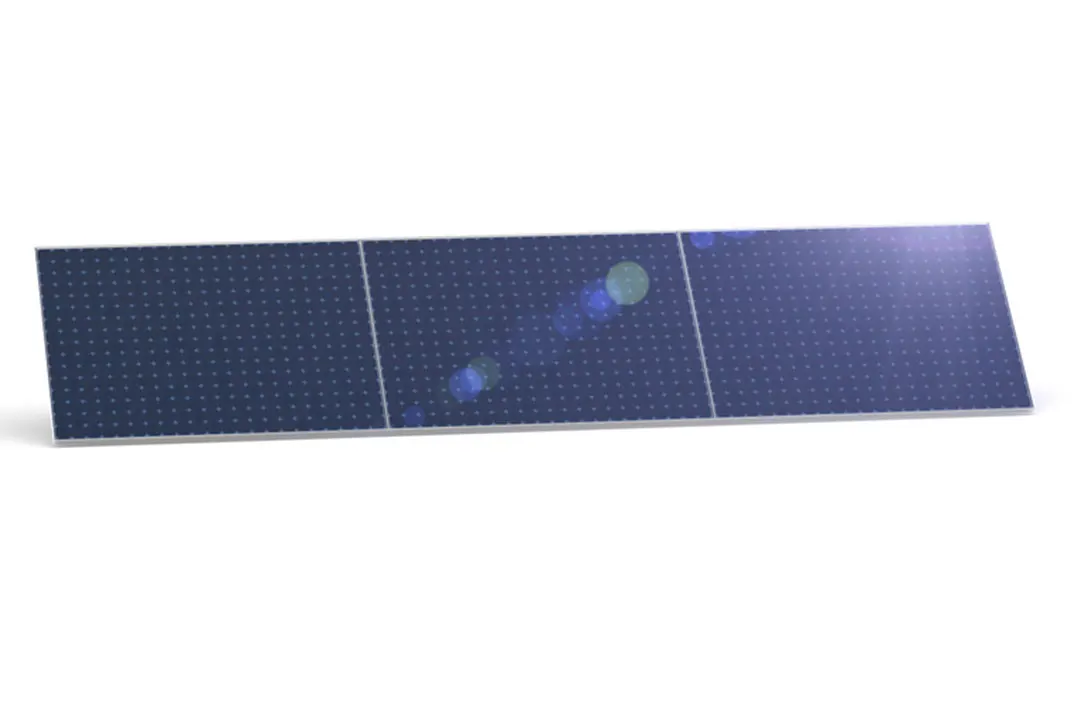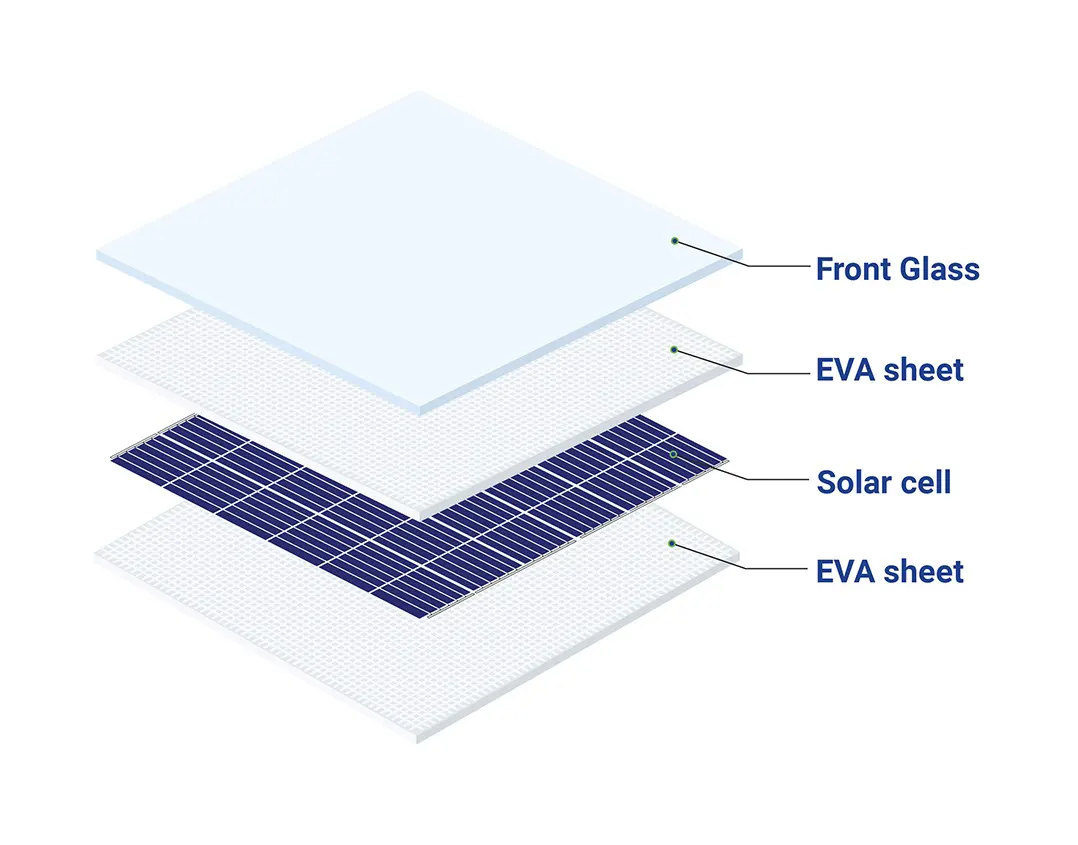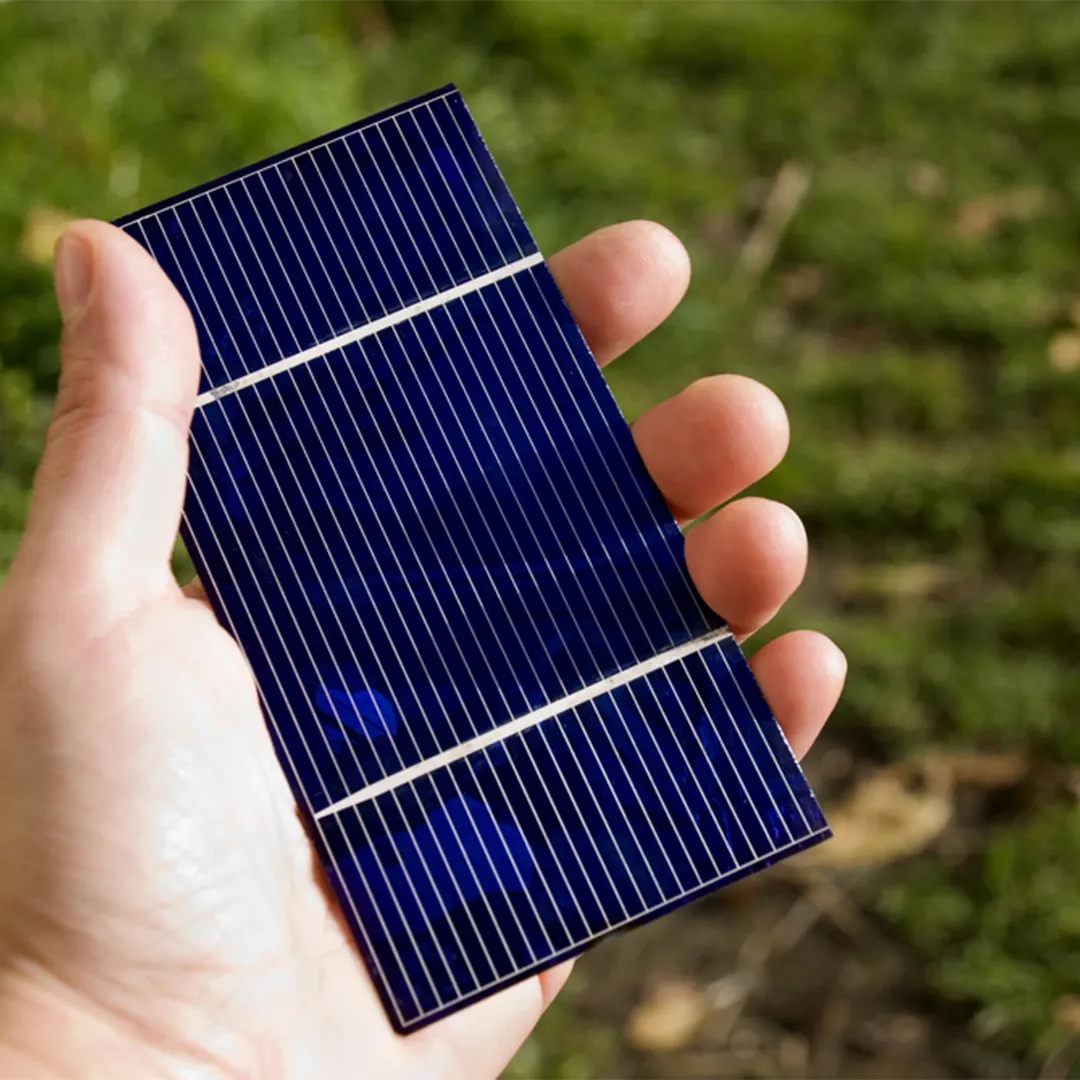
Understanding Potential Induced Degradation (PID) in Solar Modules
The transition towards renewable energy sources has placed solar technology at the forefront of global energy solutions. Among the challenges facing this technology, Potential Induced Degradation (PID) emerges as a critical concern, threatening the efficiency and longevity of solar modules. This phenomenon leads to significant power output losses, impacting the economic viability and performance reliability of solar power systems. This blog delves into the science behind PID, its causative factors, implications for solar modules, and the strategies for its mitigation, aiming to equip stakeholders with the knowledge to address this pervasive issue.
What is PID?
Potential Induced Degradation, or PID, is a detrimental process that affects the performance of photovoltaic (PV) solar modules. It is characterized by the unwanted migration of charged ions within the solar cell, which disrupts the internal electrical fields and degrades the cell's ability to generate electricity. PID is primarily observed in high-voltage solar installations and can lead to a significant reduction in a module's power output.
The mechanics of PID involve the accumulation of negative charges on the surface of the solar cell, which attract positive ions (such as sodium) from the glass or the encapsulant material towards the cell. This ion migration alters the electronic properties of the semiconductor material, diminishing its photovoltaic efficiency.
The significance of understanding and addressing PID lies in its direct impact on the economic and functional viability of solar energy projects. Solar modules affected by PID can exhibit a significant decrease in power output, sometimes within a few years of operation, thereby undermining the return on investment (ROI) and increasing the payback period for solar installations.


Significant Causes of PID
Several factors contribute to the onset and severity of PID in solar modules:
High System Voltages: Elevated voltage levels between the solar modules and the grounded parts of a PV system facilitate the leakage currents responsible for PID.
Material Selection: The type of materials used in the construction of solar modules, particularly the encapsulant layers (e.g., EVA films), can influence the rate and severity of PID.
Environmental Conditions: Humidity and temperature play critical roles in accelerating PID. Moisture ingress can exacerbate the leakage currents, while temperature variations can affect the module's electrical properties.
System Design and Installation: The overall design of the solar PV system, including aspects like grounding and electrical configuration, can either mitigate or exacerbate the risk of PID.
The Impact of PID in Solar Modules
The impact of PID on solar modules manifests through several symptoms:
Reduced Power Output: The primary consequence of PID is a decline in the module's power generation capacity.
Lower Efficiency: PID leads to a decrease in the overall efficiency of the solar panel, making it less effective at converting sunlight into electrical energy.
Inconsistent Module Performance: Within a solar array, modules may be affected by PID to varying degrees, leading to uneven performance across the installation.


Strategies to Mitigate PID
Mitigation and prevention of PID involve multiple strategies, focusing on design, material selection, and operational practices:
Technological Innovations: Advancements in solar module design, such as the integration of PID-resistant materials and the use of alternative cell technologies, have shown promise in reducing PID susceptibility.
Protective Measures: Electrical system configurations, including the use of grounding and bipolar arrangements, can mitigate the electrical stresses that contribute to PID.
Quality Control in Manufacturing: Ensuring high standards in the manufacturing process, including the selection of low-PID-risk materials, is critical. For instance, solar module manufacturers in India are increasingly focusing on quality control to minimize PID risks.
Factors Influencing PID Susceptibility
The susceptibility of solar PV systems to PID is not uniform and can be influenced by several key factors:
Electrical Design and Configuration: Systems designed with higher voltage levels are generally more prone to PID.
Quality of Solar Modules: The manufacturing quality and the specific materials used in solar modules can significantly affect their vulnerability to PID.
Climatic Conditions: Regions with higher humidity levels and greater temperature fluctuations are more likely to see solar installations affected by PID.
Installation Practices: The orientation, angling, and even the proximity of solar panels to each other can influence the development and severity of PID.

Wrapping Up
In summary, Potential Induced Degradation presents a formidable challenge to the efficiency and reliability of solar PV modules, with implications for the broader adoption of solar energy. Understanding the causes and effects of PID, alongside implementing effective mitigation strategies, is crucial for manufacturers, installers, and users alike. By prioritizing the selection of PID-resistant materials, adopting innovative system design practices, and leveraging technological advances, the solar industry can enhance the durability and performance of solar modules, thereby securing the future of renewable energy. Stakeholders are encouraged to engage with leading solar module manufacturing companies , such as Pixon, for insights and solutions that address the challenges posed by PID, ensuring the long-term success and sustainability of solar energy projects.
The comprehensive approach to understanding and mitigating PID underscores the importance of continued research, development, and collaboration within the solar energy sector. As the industry advances, the collective efforts of manufacturers, researchers, and practitioners will be pivotal in overcoming the challenges of PID and harnessing the full potential of solar power for a sustainable energy future.